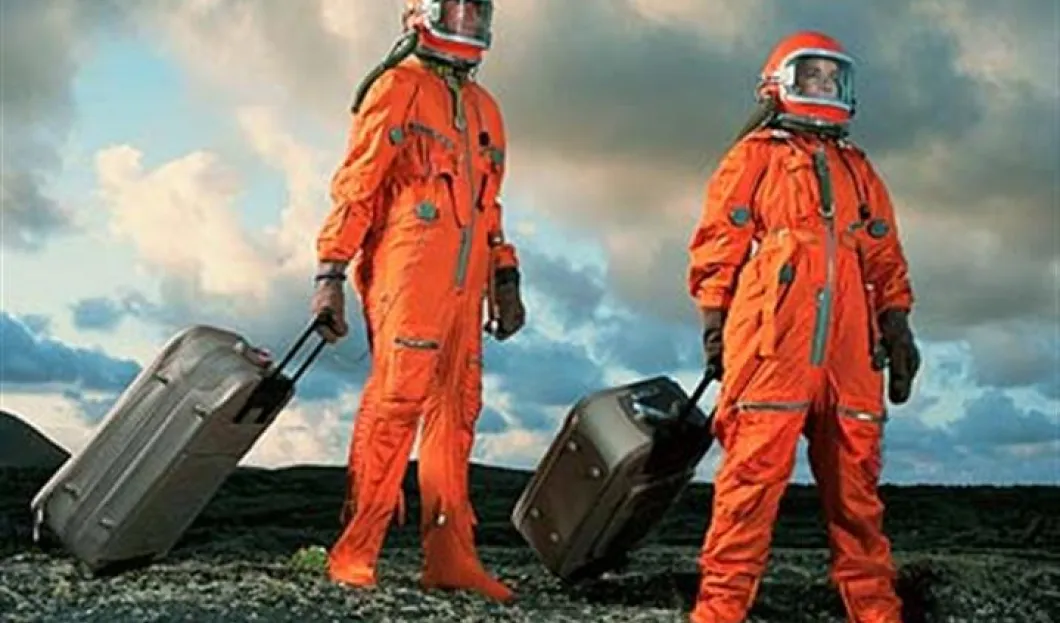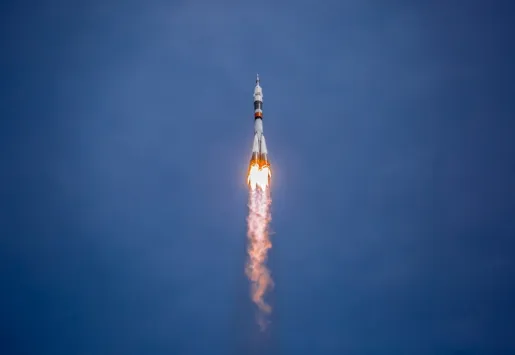
Recently, the Spanish cities of Murcia and Alicante have seen unidentified flying objects hitting their territory. Fortunately or unfortunately, those objects are not aliens; they are simply debris shed by humans – the garbage from space shuttles or artificial satellites. However, within the so-called space junk there also may soon be soda cans, peanut bags or bread crumbs from sandwiches. Space tourism is coming closer and closer to become reality.
There are several companies, most of them from the U.S., which believe that future tourist trips will go to space. Now it seems that such flights will be formalized within the next five years.
Virgin Galactic, owned by Richard Branson, is one of the companies working most diligently to put a tourist in space. The company affirms that this will be a reality before 2020. But Virgin is having quite a few problems with the safety of its aircraft.
2014 was the year when Virgin Galactic predicted that it could make the first flights. In fact, reservations were opened and 700 people paid $ 200,000 to travel more than 100 thousand meters to experience the outer space.
An accident during the October 2014 test flight led to the suspension of the Virgin Galactic-December 2014 inaugural space tourism flight. However, in January this year Richard Branson said he remained strongly committed to the goals of this endeavor and he set February 2016 as the date for the resumption of test flights.
However, there are several companies looking to acquire space for themselves from the commercial point of view. Elon Musk’s SpaceX and Blue Origin, owned by the founder and president of Amazon, Jeff Bezos, are also in the space race and are expecting to begin their first flights next year.
In fact, the Crew Dragon spacecraft is the prototype of the SpaceX Company which is looking to become the future aircraft for space tourists. Until that moment becomes reality, Crew Dragon has been commissioned by NASA to be the space taxi for astronauts.
In fact, Crew Dragon enjoys the designation of first spacecraft to reach the International Space Station with supplies on board without direct management by NASA or any other official space agency.
This milestone reached by Space X has not gone unnoticed and the company has released a promotional video similar to an ad for a car. In the video, Space X makes reference to a set of amenities in the cabin. Carbon fiber, Alcantara finishes and large monitors are some of these amenities.
It seems clear that rather than wanting to be a taxi for astronauts, what Space X is attempting to do with its Crew Dragon is to become the first tourist spacecraft.













